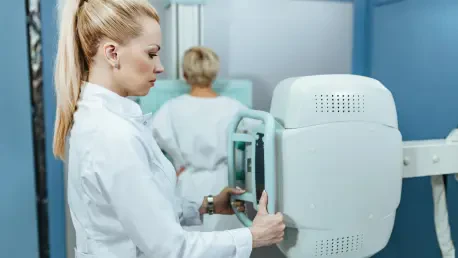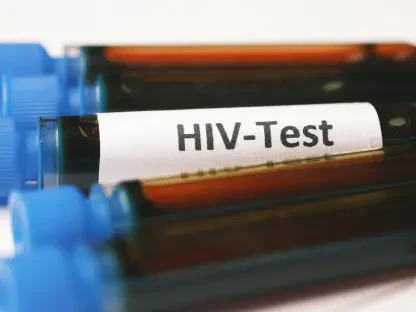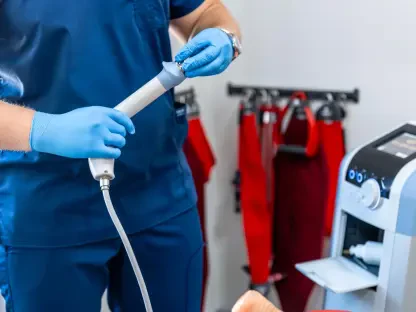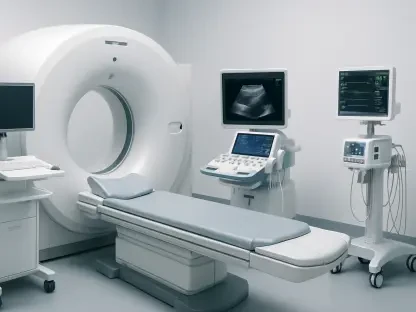In a world where access to healthcare can often be a significant barrier, especially for women in rural or underserved regions, the introduction of mobile mammography units marks a transformative step forward in the fight against breast cancer. These innovative solutions are designed to bring state-of-the-art screening technology directly to communities, ensuring that women aged 40 and older have the opportunity to receive potentially life-saving mammograms without the burden of long-distance travel. By prioritizing convenience and accessibility, healthcare providers are addressing critical disparities in medical services. This approach not only facilitates early detection, which is vital for improving treatment outcomes, but also underscores a growing commitment to health equity. The impact of such initiatives is profound, as they empower women to prioritize their health by removing logistical obstacles that might otherwise prevent timely screenings.
Breaking Down Barriers with Mobile Technology
One of the most significant advantages of mobile mammography units is their ability to reach diverse populations across wide geographic areas, particularly in regions where traditional healthcare facilities may be sparse. By traveling to various community locations and healthcare facilities within expansive regions, such as a 21-county area in northwest Ohio, these units ensure that women can access safe and effective 3D mammograms closer to home. This eliminates the need for time-consuming and costly trips to distant hospitals or clinics. Moreover, the units are equipped with advanced features like self-compression options, allowing patients to adjust the procedure for greater comfort. This focus on patient-centered care, combined with strategically planned stops at accessible locations, enhances participation rates in screening programs. The result is a notable increase in early breast cancer diagnoses, which can dramatically improve survival rates by enabling intervention at more treatable stages.
Enhancing Accuracy and Support for Patients
Beyond accessibility, mobile mammography initiatives are setting new standards in diagnostic precision and patient support, ensuring that screenings are both reliable and inclusive. Each mammogram is meticulously reviewed by certified radiologists, and the integration of computer-aided detection systems provides a secondary layer of analysis, boosting the chances of identifying abnormalities compared to traditional methods. Patients and their physicians receive detailed result reports, fostering transparency and enabling informed follow-up care. Additionally, financial assistance programs are often available for uninsured or underinsured individuals, sometimes offering no-cost screenings to eligible women. This commitment to affordability, paired with the encouragement to consult doctors about appropriate screening timelines, reflects a holistic approach to healthcare. Looking back, these efforts demonstrate a pivotal shift toward equitable medical services, as they successfully bridge gaps in access and prioritize early intervention to save lives through timely and accurate detection.









